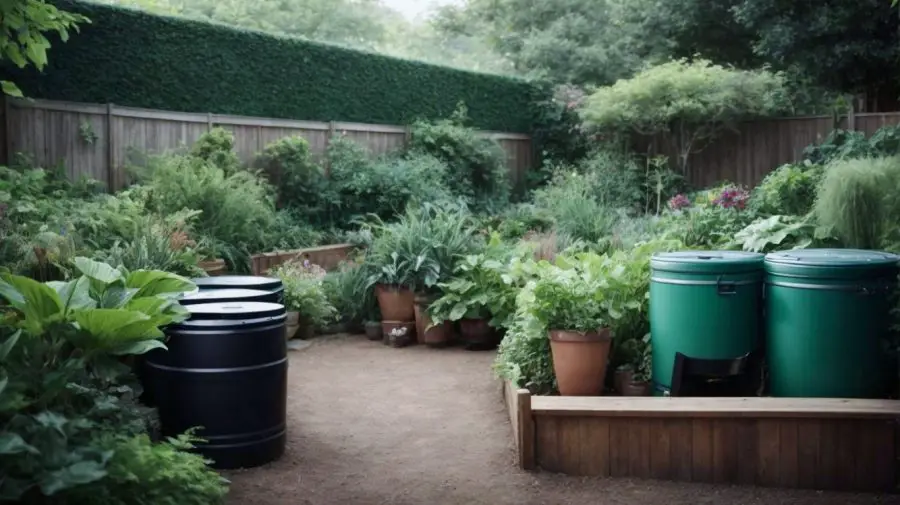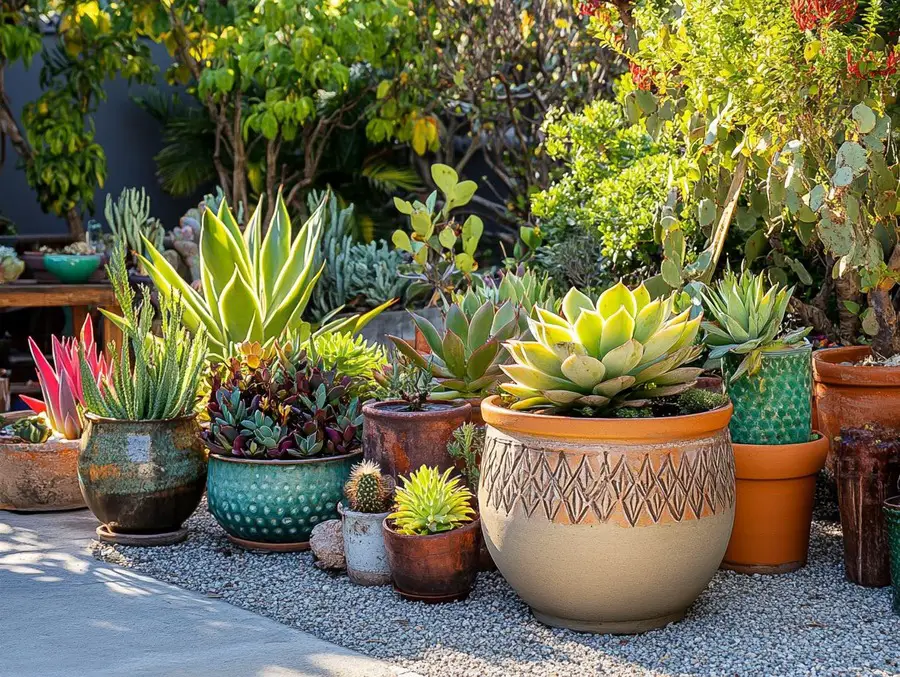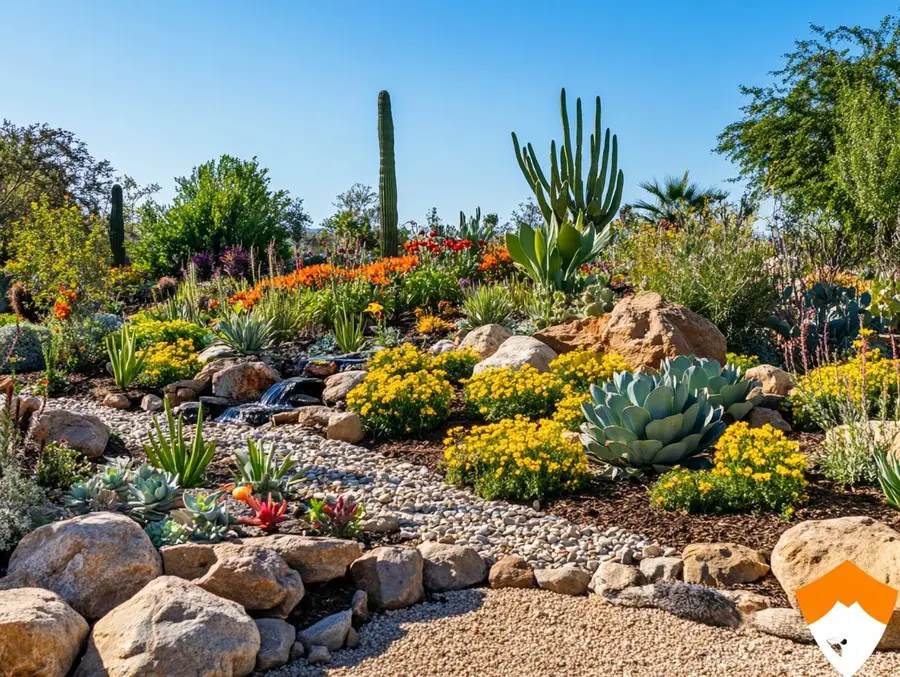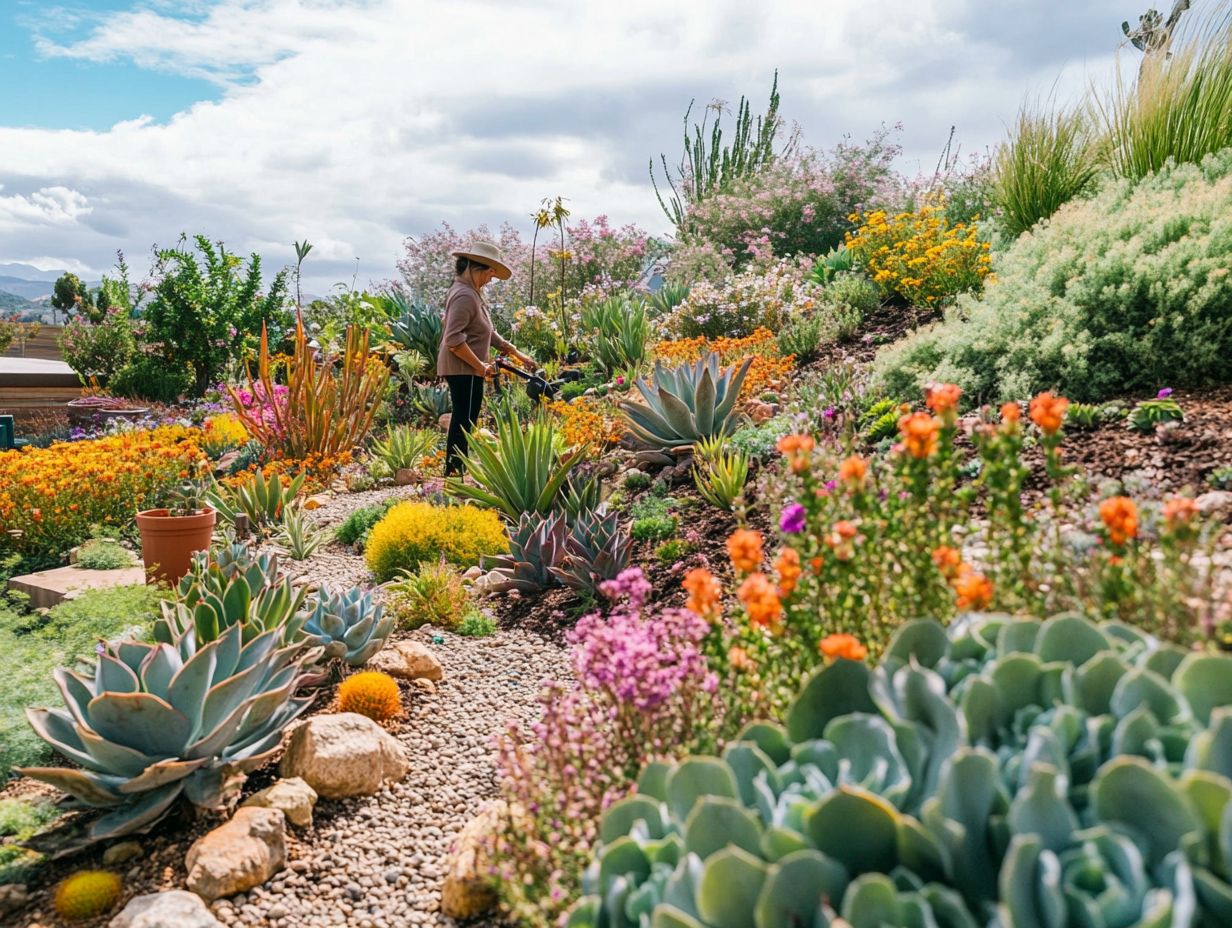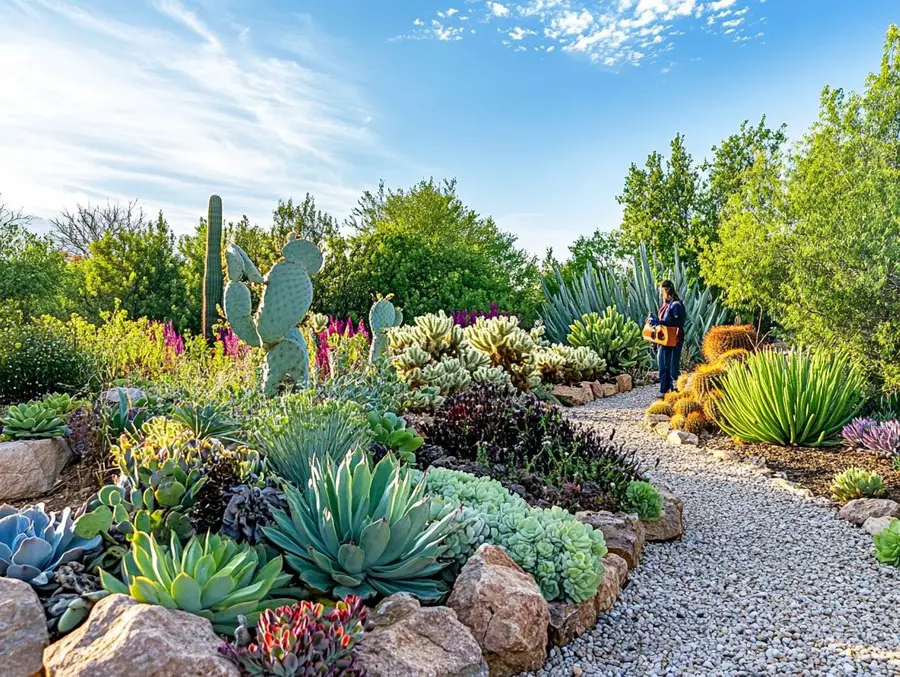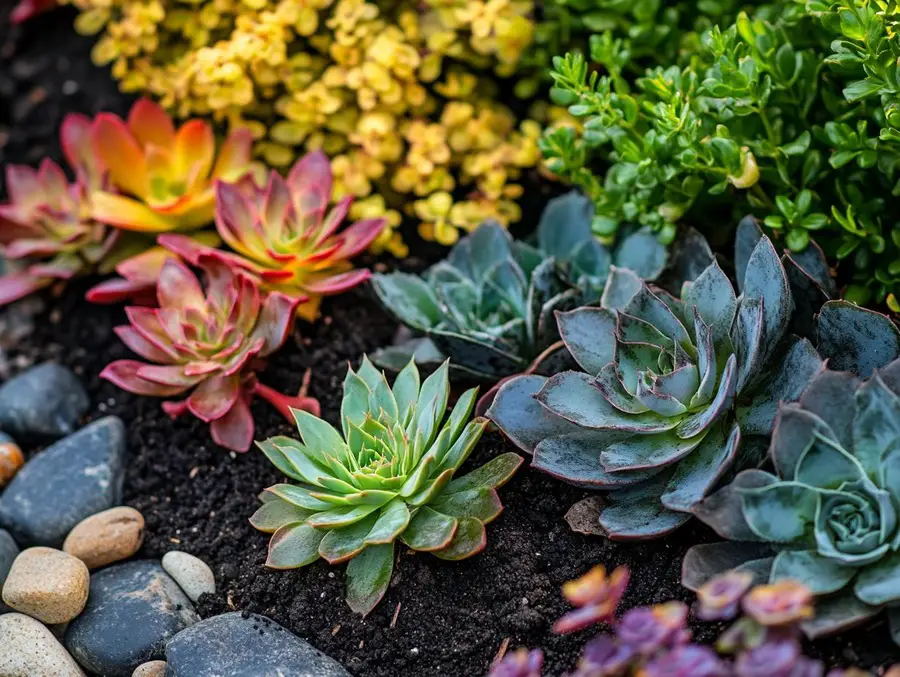We use affiliate links. If you purchase something using one of these links, we may receive compensation or commission.
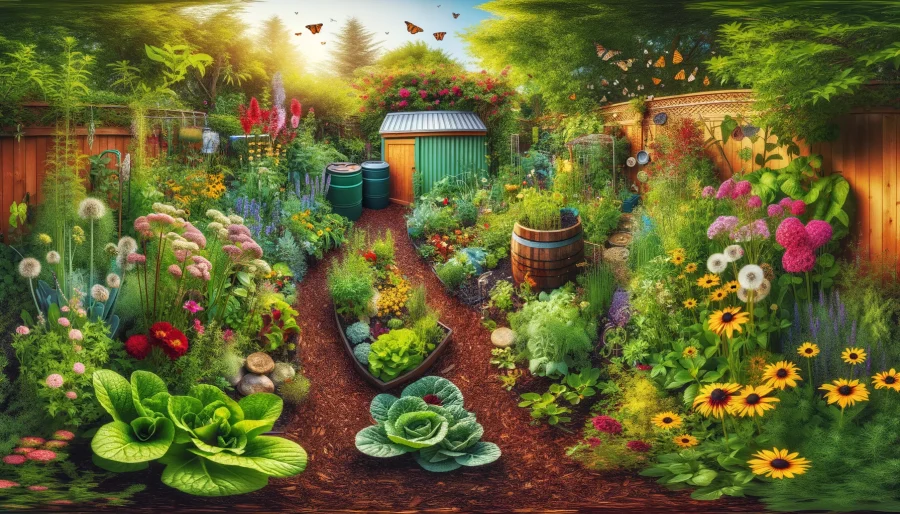
Discover the benefits of sustainable gardening practices and learn how to create an eco-friendly garden that supports biodiversity and conserves resources.
Sustainable Gardening Practices
Key Takeaways:
- Sustainable Gardening Practices involve eco-friendly methods that minimize environmental impact, conserve resources, and support biodiversity.
- Key practices include using compost, mulching, crop rotation, and companion planting to create a healthy, sustainable garden ecosystem.
Sustainable gardening practices are revolutionizing the way we interact with nature.
By embracing eco-friendly techniques, we can cultivate thriving gardens that nourish the earth and our souls.
Join us on this green journey and discover the transformative power of sustainable gardening.
Sustainable Gardening Practices
Are you looking to make a positive impact on the environment while cultivating a beautiful garden?
Sustainable gardening may be the answer you’re looking for.
In this article, we will explore the importance of sustainable gardening, the basic principles to follow, various techniques to implement, and how it can benefit the environment.
Whether you’re a seasoned gardener or just starting out, there are plenty of tips and tricks to help you create a sustainable garden that thrives while minimizing your carbon footprint.
What Is Sustainable Gardening?
Sustainable gardening involves cultivating plants and maintaining gardens in an environmentally responsible manner while considering the long-term impact on the local ecosystem.
This practice focuses on reducing chemical pesticide and fertilizer usage, conserving water through efficient irrigation methods, and promoting biodiversity to support native species.
By employing organic gardening techniques and companion planting, gardeners can create a harmonious environment that mimics natural ecosystems.
- Mulching
- Composting
- Using organic soil amendments
are also integral components of sustainable gardening, enhancing soil health and fertility while minimizing waste.
Embracing sustainable practices not only benefits the environment by reducing pollution and conserving resources but also leads to healthier, more resilient plants that require less maintenance overall.
Why Is Sustainable Gardening Important?
Sustainable gardening is crucial for minimizing the environmental impact of traditional gardening practices and preserving the delicate balance of ecosystems.
By adopting sustainable gardening methods, individuals can play a significant role in reducing water consumption, limiting the use of harmful chemicals, and promoting a healthier environment for both plants and wildlife.
- Utilizing compost and organic fertilizers not only enriches the soil but also reduces the dependence on synthetic additives that can pollute water sources.
- Planting native species encourages biodiversity and supports the ecosystem by providing food and habitats for local wildlife.
Embracing sustainable gardening practices is an effective way to contribute to a greener planet and ensure a more sustainable future for generations to come.
What Are The Basic Principles Of Sustainable Gardening?
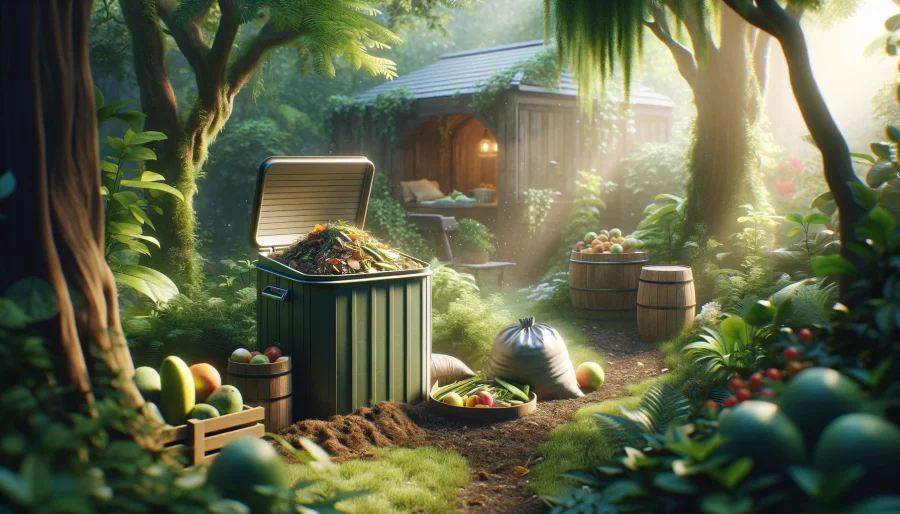
The fundamental principles of sustainable gardening encompass using native plants, conserving water, fostering beneficial insects, composting organic matter, and employing natural pest control methods.
Sustainable gardening revolves around the idea of creating a harmonious ecosystem within your garden.
By utilizing native plants, you are not only supporting biodiversity but also ensuring that the vegetation is well-suited to the local climate and soil conditions.
This, in turn, reduces the need for excessive watering and chemical fertilizers, contributing to water conservation efforts.
Composting is a cornerstone of sustainable gardening, transforming kitchen scraps and yard waste into nutrient-rich soil amendments.
This practice enriches the soil, promotes healthy plant growth, and minimizes the dependence on synthetic fertilizers, fostering a self-sustaining environment.
Encouraging beneficial insects like ladybugs and lacewings helps control pest populations naturally, reducing the reliance on harmful pesticides.
Use Native Plants
Incorporating native plants into your garden design enhances the local ecosystem by providing essential plant nutrients and supporting indigenous wildlife.
Native plants have evolved to thrive in specific regions, making them well-suited to local climate conditions and reducing the need for excessive watering or chemical interventions.
This inherent resilience not only makes them low-maintenance but also helps in conserving water resources and reducing carbon footprint.
Native plants play a crucial role in creating a biodiverse environment, attracting pollinators like bees and butterflies, which are essential for plant reproduction and maintaining a healthy ecosystem.
The deep roots of many native plants help prevent soil erosion and improve soil structure, promoting better water infiltration and nutrient absorption.
Conserve Water
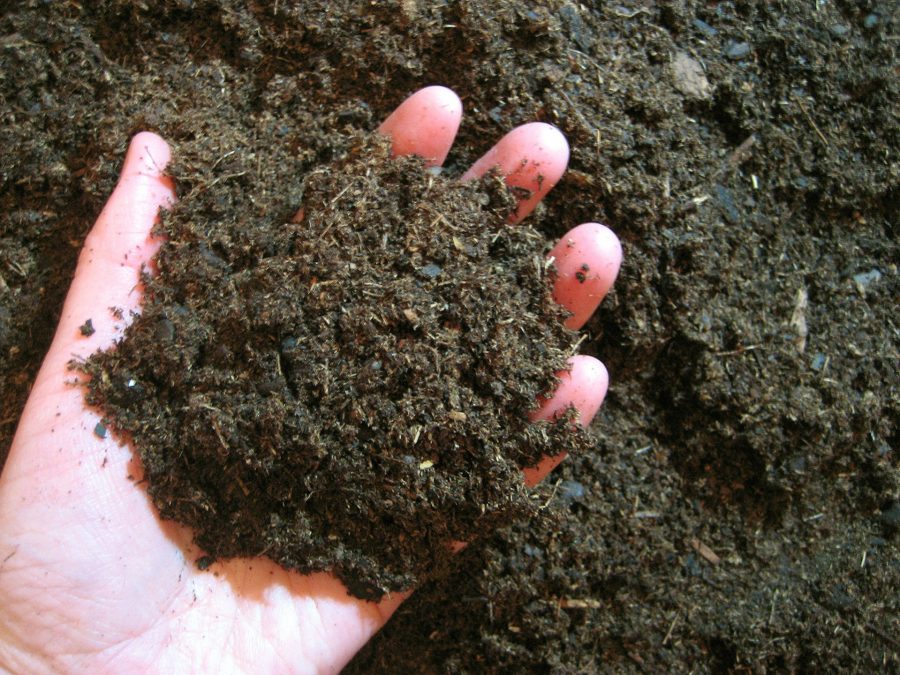
Efficient water management through methods like rain gauges and drip irrigation systems is essential in sustainable gardening to conserve water resources and reduce wastage.
Along with rain gauges and drip irrigation, another effective technique for water conservation in sustainable gardening is rainwater harvesting.
This practice involves collecting and storing rainwater that falls on your property for later use in watering plants, thereby reducing the reliance on municipal water sources.
Incorporating mulching around plants helps retain soil moisture, reducing the frequency of watering needed.
Utilizing efficient watering systems such as soaker hoses and smart irrigation controllers further minimizes water usage by delivering water directly to the roots of plants at consistent rates.
By implementing these water conservation methods, gardeners can play a crucial role in preserving water resources and promoting environmentally sustainable practices in their gardening endeavors.
Reduce Chemical Use
Minimizing chemical pesticides and synthetic fertilizers in sustainable gardening practices helps prevent soil pollution, promotes organic matter decomposition, and safeguards beneficial insects.
Incorporating natural pest control methods such as companion planting and attracting beneficial insects like ladybugs and praying mantises can effectively manage common garden pests without harming the ecosystem.
Utilizing neem oil as a natural pesticide and composting kitchen scraps for organic fertilization are sustainable alternatives that contribute to soil health and fertility.
Chemical pollutants from synthetic fertilizers can disrupt the microbial balance in the soil, hindering nutrient absorption by plants and reducing overall biodiversity.
Encourage Biodiversity
Creating diverse habitats in sustainable gardens supports pollinators, wildlife, and beneficial insects, contributing to the overall biodiversity of the ecosystem.
When a garden offers various types of plants, flowers, and shelter, it attracts a range of species, from vibrant butterflies to busy bees.
These biodiverse havens provide food and refuge, enabling creatures to thrive harmoniously within their natural surroundings.
The presence of diverse plant species promotes seed diversity, ensuring a sustainable garden ecosystem.
This intricate web of interactions not only enhances the visual appeal of the garden but also plays a crucial role in supporting the delicate balance of nature.
What Are Some Sustainable Gardening Techniques?
Sustainable gardening techniques such as composting, mulching, crop rotation, and companion planting are essential for maintaining soil fertility, pest control, and plant health.
Composting involves the decomposition of organic materials like kitchen scraps and yard waste, producing nutrient-rich humus that improves soil structure and fertility.
Mulching not only helps retain moisture in the soil but also suppresses weeds and regulates soil temperature, reducing the need for excessive watering.
Crop rotation prevents soil depletion by alternating plant families each season, minimizing pest build-up and nutrient deficiencies.
Companion planting involves strategically pairing compatible plants to boost growth, repel pests, and enhance overall garden biodiversity.
Composting

Composting organic matter enriches the soil with essential nutrients, improves soil structure, and reduces waste in sustainable gardening practices.
When composting organic matter, the decomposition process breaks down the materials into rich humus, providing a nutrient-rich environment for plants to thrive.
This nutrient-dense soil enhances plant growth, boosts resistance to diseases, and promotes overall soil health and fertility.
Composting helps in retaining moisture in the soil, reducing the need for frequent watering and contributing to water conservation efforts.
By diverting organic waste from landfills and turning it into valuable compost, gardeners play a critical role in reducing greenhouse gas emissions and promoting a more sustainable ecosystem.
Mulching
Applying mulch to garden beds helps conserve soil moisture, suppresses weed growth, and improves the overall soil structure in sustainable gardening practices.
Mulching plays a crucial role in water conservation by reducing evaporation rates and protecting the soil from drying out, especially in hot and arid climates.
By creating a protective barrier on the soil surface, mulch also helps to prevent weed seeds from germinating, thus reducing the need for manual weeding and herbicides.
As mulch breaks down over time, it adds valuable organic matter to the soil, enhancing its fertility and promoting a healthy ecosystem for beneficial soil organisms.
Crop Rotation
Implementing crop rotation techniques in sustainable gardening helps prevent soil depletion, minimizes plant diseases, and enhances overall crop productivity.
One of the key benefits of incorporating crop rotation is the improvement in soil health.
By alternating different crops in a planned sequence, the soil structure is preserved, and essential nutrients are better utilized.
This practice also aids in reducing soil erosion and nutrient leaching, promoting a more sustainable ecosystem.
Crop rotation plays a crucial role in disease prevention as it disrupts the life cycles of pests and pathogens, ultimately leading to healthier plants.
This method not only boosts plant growth but also contributes to biodiversity in the garden, fostering a balanced and resilient environment.
Companion Planting
Companion planting in sustainable gardening involves pairing compatible plants to deter pests, attract beneficial insects, and enhance overall garden productivity.
Plant synergy plays a crucial role in companion planting, with certain plant combinations boosting each other’s growth and nutrient uptake.
For instance, planting marigolds alongside tomatoes can help repel nematodes that harm tomato roots.
Some plants, like basil, can act as natural pest repellents for other vegetables.
Companion planting encourages biodiversity in the garden, creating a healthier ecosystem that can naturally regulate pest populations.
By strategically selecting plant combinations, gardeners can minimize the need for chemical pesticides, promoting a more environmentally friendly approach to gardening.
How Can Sustainable Gardening Help The Environment?
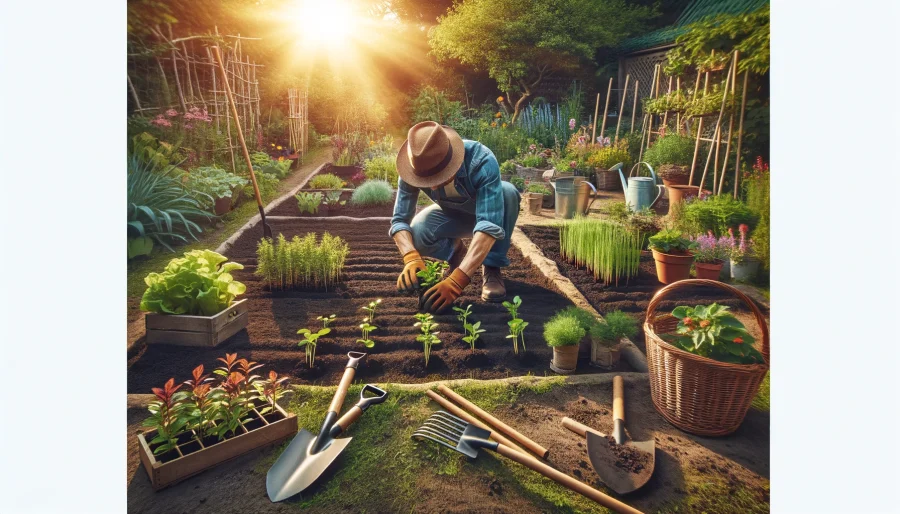
Adopting sustainable gardening practices aids in reducing the carbon footprint, supporting local ecosystems, preserving water resources, and minimizing chemical pollution in the environment.
Sustainable gardening involves using organic practices, such as composting, mulching, and natural pest control, which contribute to healthier soil and plants.
By avoiding synthetic chemicals, gardening in a sustainable manner helps in preventing water contamination and maintaining a balanced ecosystem.
Sustainable gardeners often opt for native plants and create habitats that attract beneficial insects and wildlife, thus promoting biodiversity and supporting the local ecosystem.
Through these actions, individuals can play a significant role in environmental conservation and sustainable living.
Reduces Carbon Footprint
Sustainable gardening practices contribute to lowering the carbon footprint by promoting energy-efficient methods, mitigating climate impact, and reducing greenhouse gas emissions.
By utilizing eco-friendly techniques like composting, mulching, and water conservation, sustainable gardening minimizes the need for fossil fuel-based fertilizers and pesticides, thereby reducing energy consumption and carbon emissions associated with their production and transportation.
In addition, planting trees and other vegetation in a garden helps sequester carbon dioxide from the atmosphere, acting as a natural carbon sink and aiding in climate change mitigation.
This process not only enhances air quality but also decreases the overall carbon footprint of the garden.
Supports Local Ecosystems
Sustainable gardening practices support local ecosystems by preserving native plant species, creating wildlife habitats, and combating invasive plant species that threaten biodiversity.
By focusing on native plant species in their gardens, individuals can help maintain a balanced ecosystem that provides food and shelter for local wildlife, such as birds, bees, and butterflies.
Native plants are well-adapted to the local climate and soil conditions, making them resilient and requiring less maintenance.
As these plants thrive, they attract a variety of beneficial insects and pollinators, contributing to the overall health of the ecosystem.
By removing invasive plant species, gardeners prevent these aggressive plants from outcompeting native species for resources and disrupting the natural balance.
Through sustainable gardening practices, communities can create interconnected habitats that support a diverse range of plants and animals, ultimately promoting a more resilient and biodiverse environment.
Preserves Water Resources
Sustainable gardening practices help conserve water resources by utilizing rain barrels, efficient irrigation systems, and water-wise techniques to reduce water consumption and promote efficient usage.
One of the key methods of water conservation in sustainable gardening is rainwater harvesting.
By collecting rainwater in rain barrels, gardeners can reduce reliance on traditional water sources and decrease the demand for municipal water supplies.
Implementing drip irrigation systems or soaker hoses can deliver water directly to plant roots, minimizing evaporation and runoff.
Water-saving practices such as mulching, choosing native plants, and incorporating drought-resistant landscaping can further enhance water efficiency in the garden.
Minimizes Chemical Pollution
Sustainable gardening minimizes chemical pollution by reducing the use of synthetic fertilizers, pesticides, and harmful pollutants that can adversely affect soil, water, and beneficial insects.
By focusing on natural alternatives like compost, cover crops, and crop rotation, sustainable gardening fosters a balanced ecosystem that promotes healthy plant growth without relying on harmful chemicals.
Organic gardening practices prioritize soil health through methods such as mulching, which enriches the soil, reduces erosion, and minimizes runoff that pollutes water sources.
Promoting biodiversity by planting a variety of native species can attract beneficial insects that naturally control pest populations, reducing the need for synthetic pesticides.
What Are Some Tips For Starting A Sustainable Garden?
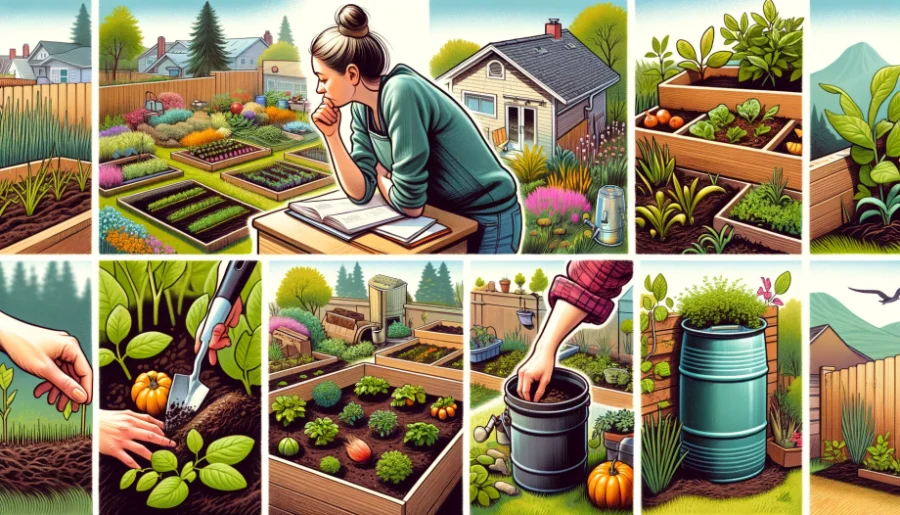
Embarking on a sustainable garden journey involves researching native plants, planning water-efficient strategies, implementing natural pest control methods, and gradually adopting sustainable techniques.
When researching native plants, consider ones that are well-suited to your region’s climate and soil conditions, as they require less maintenance and water, fostering a self-sustaining ecosystem.
Designing for water conservation involves utilizing rain barrels, drip irrigation systems, and mulching to reduce water waste.
Utilizing eco-friendly pest control methods like companion planting, neem oil, or insect-repelling plants can help maintain a balance without harming beneficial insects.
Transitioning to sustainable practices involves composting, recycling garden waste, and investing in renewable energy sources for your gardening needs.
Research Native Plants
Researching native plants for your sustainable garden involves identifying suitable seeds, understanding sprouting requirements, and selecting species that thrive in your local climate.
Once you have identified the native plants that align with your garden goals, the next step is selecting the right seeds.
It’s crucial to source seeds from reputable suppliers to ensure their authenticity and quality.
Look for local nurseries or specialized seed banks that offer a variety of native plant seeds.
Consider the germination methods required for each type of seed.
Some seeds may need stratification or scarification to break dormancy, while others might thrive with simple direct sowing.
Plan For Water Conservation
Planning water conservation strategies in your sustainable garden involves setting up efficient irrigation systems, utilizing rain barrels for water collection, and incorporating drought-resistant plants.
When designing your garden for sustainability, it’s crucial to consider the water conservation aspect right from the start.
By opting for drip irrigation or soaker hoses over traditional sprinklers, you can significantly reduce water wastage and ensure that plants receive water directly at their roots.
Rain barrels are a cost-effective and eco-friendly solution for collecting rainwater, which can then be used during dry spells, minimizing the reliance on municipal water sources.
Selecting drought-tolerant plants not only helps conserve water but also adds beauty to your garden while requiring less maintenance.
Use Natural Pest Control Methods
Employing natural pest control methods in sustainable gardening involves landscaping to attract beneficial insects, implementing companion planting, and avoiding chemical pesticides.
Beneficial insects like ladybugs, lacewings, and hoverflies are attracted to diverse plantings, so incorporating a variety of flowers and herbs can help create a habitat for them.
Companion planting involves strategically placing plants that repel pests next to those that are susceptible.
For example, planting marigolds near tomatoes can deter whiteflies.
Organic pest management techniques such as using neem oil or introducing Bacillus thuringiensis (BT) for caterpillar control are effective alternatives to chemical pesticides.
Incorporate Sustainable Techniques Gradually
Gradually incorporating sustainable techniques into gardening practices allows gardeners to make responsible choices, adapt to eco-friendly methods, and minimize environmental impact.
Transitioning to sustainable gardening involves a mindful approach towards resource utilization and waste management.
By opting for organic fertilizers and composting, gardeners can enhance soil health while reducing chemical runoff into the environment.
Incorporating native plants and implementing water-efficient irrigation systems can help conserve water and support local biodiversity.
As individuals become more attuned to their garden’s ecosystem, they can create a harmonious balance that benefits both plants and wildlife.
Ultimately, the journey towards sustainable gardening is a rewarding process that contributes to a healthier planet and a greener future.
Frequently Asked Questions
Q. What are sustainable gardening practices?
A. Sustainable gardening practices refer to environmentally friendly methods of gardening that aim to minimize negative impacts on the environment and promote long-term health and productivity of plants and soil.
Q. Why is it important to practice sustainable gardening?
A. Sustainable gardening helps to preserve natural resources, reduce pollution, and create a healthier environment for plants, animals, and humans.
It also promotes biodiversity and supports local ecosystems.
Q. What are some examples of sustainable gardening practices?
A. Some examples include using compost and mulch instead of chemical fertilizers, using native plants, practicing crop rotation, conserving water, and using organic pest control methods.
Q. How can I conserve water in my garden?
A. You can conserve water by using drip irrigation systems, collecting rainwater, watering in the early morning or evening to minimize evaporation, and choosing drought-resistant plants.
Q. What are the benefits of using native plants in sustainable gardening?
A. Native plants are adapted to the local climate and soil, so they require less maintenance and water.
They also provide food and shelter for local wildlife, helping to support biodiversity.
Q. How can I incorporate sustainable gardening practices into my daily routine?
A. You can start by using organic and natural products, reducing your use of pesticides and herbicides, composting your kitchen and garden waste, and supporting local and organic farmers.
Sustainable Gardening Practices Conclusion
Embracing a Greener Future
Sustainable gardening practices are not just a trend; they are a commitment to a healthier planet and a more harmonious relationship with nature.
By adopting these eco-friendly techniques, gardeners can create beautiful, productive spaces that support biodiversity, conserve resources, and reduce their environmental impact.
Read more: Backyard Gardening: A Comprehensive Guide
A Legacy of Stewardship
As we continue to cultivate our gardens, let’s remember the importance of sustainability.
By passing on these practices to future generations, we ensure that the beauty and diversity of our natural world are preserved for years to come.
The Power of Community
Sustainable gardening is not a solitary endeavor. By sharing knowledge, resources, and experiences with fellow gardeners, we can create a collective force for positive change.
Together, we can foster a culture of sustainability that extends beyond our gardens and into our communities.
A Call to Action
Let us embrace sustainable gardening as a way of life. By making small, conscious changes in our gardening practices, we can contribute to a larger global movement towards sustainability.
Every plant, every drop of water, and every handful of soil matters. Let’s garden with purpose, respect, and love for our planet.
Related Content
Visit my Amazon Influencer Page for videos and gardening products Grow Your Own Garden

